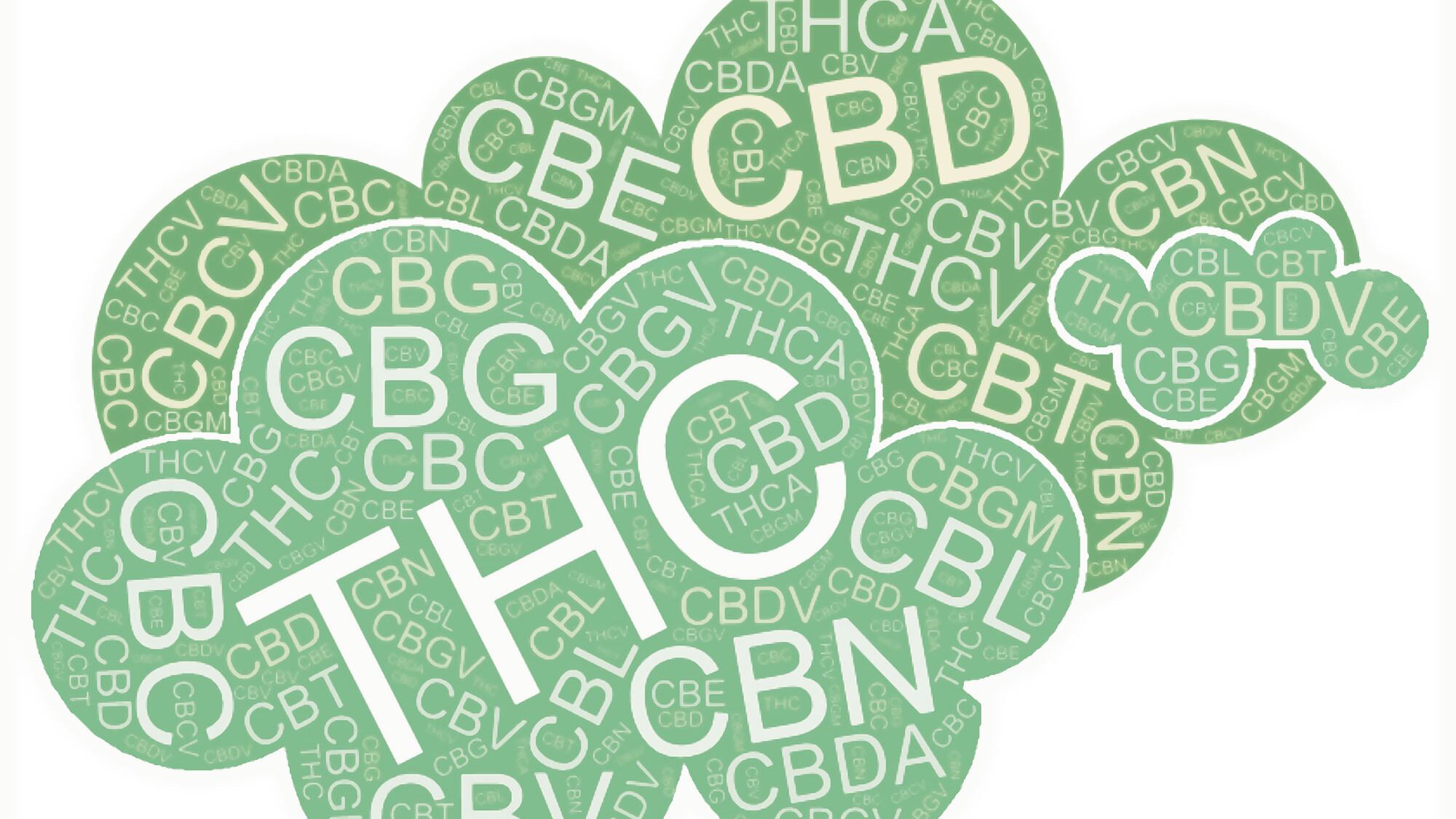What a long road it’s been from the hysteria of Reefer Madness to the maven of marijuana, Snoop Dogg, dropping “Pocket Like It’s Hot” to sell Hot Pockets in a national ad campaign. But navigating chemical compounds can be intimidating for those of us who didn’t excel at AP Chemistry in high school.
For starters, cannabis plants don’t actually produce the effects we feel from smoking a joint on their own. This comes from the cannabinoids the plants produce before conversion, with the two most recognized results being THC and CBD.
THC
THC possesses a strong psychoactive effect that makes us feel high, whereas CBD is thought to have an anti-psychoactive effect that moderates the high and reduces some of the negative effects. THC is the most common cannabinoid, in large part due to its pain-relieving properties—and while several cannabinoids can make this claim, studies have shown THC yields some of the best results.
According to Medical News Today, “When people ingest or inhale THC, it stimulates the brain’s cannabinoid receptors. This activates the brain’s reward system and reduces pain levels.”
CBD
CBD has emerged as a common cannabinoid alternative to THC for its ability to alter mood by easing anxiety and depression without disorienting effects.
CBN
CBN is a cannabinoid created when THC ages, and there’s little found in a fresh cannabis plant. Some research suggests CBN alone doesn’t have a sedative effect except when combined with THC. And despite not having an FDA-approved use, CBN is still commonly used as a sleep aid.
A recent study published in 2021 by the West Australian Sleep Disorders Research Institute found that “a combination of THC, CBN, and CBD taken regularly under the tongue significantly improved insomnia symptoms and self-reported sleep quality in people compared to the placebo group.”
CBG
CBG is a cannabinoid found in essentially all cannabis plants. It’s also considered an effective pain reliever and an anti-inflammatory agent that can act as a neuroprotectant against degeneration in conditions like Huntington’s disease (and has been shown to promote the regrowing of new brain cells). Further studies are showing CBG may also help fight colorectal, prostate, and oral cancers, and possibly even work as an antidepressant.
CBC
CBC is perhaps the least common of the “standard” cannabinoids made in the plant. It’s a powerful antibiotic that’s been shown to help with infections that are resistant to other treatments and may help protect the brain from neurodegenerative conditions like Alzheimer’s. It has also been shown to be an antidepressant, have anti-cancer benefits, and even help fight acne (but it won’t get you high).
Scientists who study cannabinoids are now looking into how they could be used to treat diseases of the immune system like HIV/AIDS, multiple sclerosis, and lupus. In other words, the possibilities presented by cannabinoids exceed the daydreams had by us “back-of-class kids” in high school.
